Infrastructure In Italy- FAQs
Italy has a strong transport system. The rail network is large, especially in the northern part of the country. Also, it features high-speed trains that connect major cities like Naples, Milan, and Turin.
Top Destinations:
Whether you’re looking for fun and sun, a peaceful retirement, or the chance to earn some extra income, you’ve got a real world of opportunity open to you… In short, we’ve done our best to narrow down your best options, but only you can decide the right country for you.
Best For:
How Much Will It Cost You To Live Overseas?
The only honest answer is, we have no idea. And neither does anyone else. The only one who can answer that question is you. Here’s the most important thing to understand about budgeting your new life overseas…
Follow Us:
Join our Weekly Newsletter
Overseas Property Alert
Sign up for our weekly newsletter to receive expert insights on the best international real estate investment opportunities.
Upcoming Events
Access France Workshop
International Property Summit
Caribbean Virtual Conference
VIRTUAL
May 15, 2025
PANAMA CITY, PANAMA
June 18-20, 2025
VIRTUAL
July 17-19, 2025
Contact Our Events Team
Reach us with your questions by email at: events@liveandinvestoverseas.com
Unlock The World
Overseas Havens Reports
Conference Kits
Lahardan Books
Our Customer Service team is here to assist with any questions or concerns CustomerService@LiveandInvestOverseas.com
Top Destinations:
Whether you’re looking for fun and sun, a peaceful retirement, or the chance to earn some extra income, you’ve got a real world of opportunity open to you… In short, we’ve done our best to narrow down your best options, but only you can decide the right country for you.
Best For:
How Much Will It Cost You To Live Overseas?
The only honest answer is, we have no idea. And neither does anyone else. The only one who can answer that question is you. Here’s the most important thing to understand about budgeting your new life overseas…
Follow Us:
Join our Weekly Newsletter
Overseas Property Alert
Sign up for our weekly newsletter to receive expert insights on the best international real estate investment opportunities.
Upcoming Events
Access France Workshop
International Property Summit
Caribbean Virtual Conference
VIRTUAL
May 15, 2025
PANAMA CITY, PANAMA
June 18-20, 2025
VIRTUAL
July 17-19, 2025
Contact Our Events Team
Reach us with your questions by email at: events@liveandinvestoverseas.com
Unlock The World
Overseas Havens Reports
Conference Kits
Lahardan Books
Our Customer Service team is here to assist with any questions or concerns CustomerService@LiveandInvestOverseas.com
THE 10 BEST PLACES TO RETIRE IN 2025

PLUS: A SPECIAL BONUS DESTINATION
We Value Your Privacy! We will not share your email address with anyone else, period.
Home » Best Countries To Live, Invest, And Retire Overseas » Europe » Italy: Everything You Need To Know 2025 » Infrastructure In Italy
Learn more about this and other countries in our free, daily Overseas Opportunity Letter. Simply enter your email address below and we’ll send you our FREE REPORT: The 10 Best Places To Retire In 2025
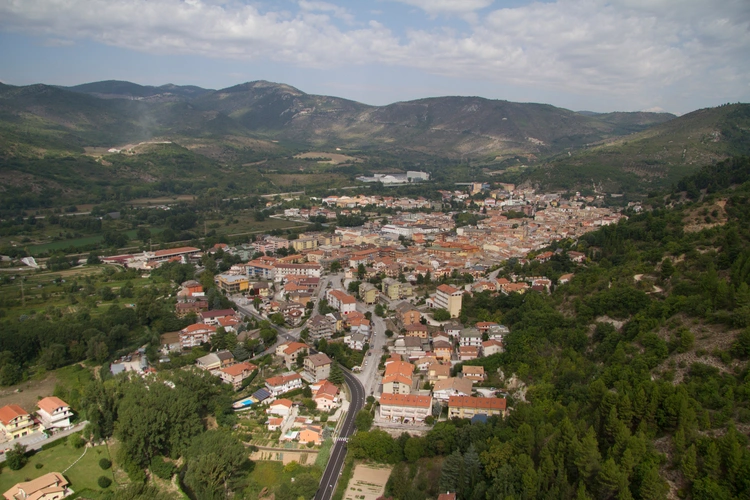
While Italy is a First World, EU-member country, its infrastructure sometimes falls short of the generally accepted EU standards.
Italy’s national train network is highly developed throughout the country. The national bus system is also top-shelf, and, sometimes, a better option for direct travel than the train.
And, if you’re planning a long visit or a permanent relocation to the country, Italy’s infrastructure status will become a big part of your daily life.
So, here are some of the major elements of Italian infrastructure to keep an eye on, including a few of Italy’s infrastructure problems that travelers and expats should watch out for.

Reviewed By Lief Simon
Lief Simon is the managing editor of Global Property Advisor, Simon Letter, and Offshore Living Letter. He has purchased more than 45 properties, investing in 23 different countries around the world.
Start Your New Overseas Life Today
A world full of fun, adventure, and profit awaits! Sign up for our free daily e-letter, Overseas Opportunity Letter, and we’ll send you a FREE report on the 10 Best Places To Retire In Style Overseas Today 2024
We Value Your Privacy! We will not share your email address with anyone else, period.
While Italy long ago recovered from the devastation of World War II, the country continues to face a number of infrastructure issues. While there have been major improvements in recent years, Italy’s occasionally chaotic political climate and its economic difficulties have stymied development efforts, for example with the long-suffering Naples metro system.
The biggest challenge expats will discover is the large difference in infrastructure development between different parts of the country. Infrastructure in Rome and the rest of the Italian North is heavily developed, while the poor and less influential south of the country has received less investment.
Italy’s water and sanitation systems offer generally high-quality services, with prices that are significantly lower than in similar countries. For example, recent residential water service bills in Italy are up to a third cheaper than in France. Overall, the system is clean, safe and efficient.
Start Your New Life Today, Overseas
Italy produces most of its power from fossil fuels, although renewable energy sources now make up a significant percentage of the total. Unlike many other European countries, Italy uses no nuclear energy, since a 1990 referendum led to the shuttering of all nuclear stations. Overall, the country is in 15th place worldwide for total electricity production.
Prices for consumers are high by European standards, standing at 5th-highest in the EU as of 2010. Italy is highly import-dependent for electricity generation since the country lacks any major sources of fossil fuels. Gas prices are also high, with 2010 figures putting them almost 50 percent more expensive than UK gas bills.
Italians justifiably pride themselves of their modern and well-organized health care infrastructure, which the World Health Organization rates as the second-best in the world. Here too, however, regional levels of development will vary.
Italy spends 9.2% of its GDP on its health system. As of 2012, there were 3.76 doctors for every 1,000 people.
The national health care service (Servizio Sanitario Nazionale, SSN), is organized on a regional basis. It provides free, universal coverage to all Italian citizens and eligible foreigners.
Unfortunately, despite its modern health system, Italy lags behind in accessibility and services for the disabled.
Tourists and expats with special needs should carefully choose their residences since not every area of every city can guarantee access.
For example, public transportation is only incompletely adapted for wheelchair access, while private transportation service for the disabled is often quite expensive.
Italy has a very well-developed transportation infrastructure, and almost all areas of the country are connected by land, sea, and air. Although development lags in some areas, there is connection by modern transit to all but the most isolated towns.
Start Your New Life Today, Overseas
Seven of Italy’s major cities have modern metro systems, including Rome, Milan, Turin, and Naples. Other cities also have efficient light rail and commuter train systems.
Buses operate within some cities. For buses between cities, travelers must rely on networks maintained by regional operators, since there is no national bus system.
Many visitors to Italy take home fond memories of a trip through the Italian countryside on one of the nation’s many rail lines.
The heavily-subsidized rail system has over 16,732 kilometers of active lines and has recently expanded to include a high-speed network. State-owned Ferrovie dello Stato operates a major portion of the system; regional governments control the rest. Overall, the Italian rail system is one of the country’s infrastructure success stories.
There are more than 136 airports in Italy, a number of which are significant international terminals.
A large share of the country’s air travel is local, especially between Sicily and Sardinia and the mainland, although many travelers within Italy now opt for high-speed rail instead of flying.
The national carrier, Alitalia, transports over 25 million passengers every year and offers flights to more than 60 countries.
The airline has had major financial problems over the years, however, and there are now a number of other airlines operating out of the country.
The Italian highway system is also a national strong point and has benefited from major improvements over recent decades. Italy now has over 487,700 kilometers of roads, of which 6,758 kilometers are major motorways.
The highway system has now replaced seaports as Italy’s major commercial transit system. Car ownership is also extremely common in Italy, with some 690 vehicles per every 1,000 people in 2010.
The Italian communication system is well-developed, but some more modern services are not yet up to North American standards.
Italy boasts a fully-modernized and very reliable telephone system. There are at least 20 million telephone lines in the country, and cities still feature a significant number of public telephones.
There are now more than 95 million cellular lines in the country.
Coverage and quality are generally very good, although there may be great variations in prices among different domestic and international carriers.
Broadcast media include some 5,000 radio stations and 358 television stations.
Two major companies (RAI and Mediaset) dominate the market, although there are many other smaller providers, including satellite networks.
There are over 25 million Internet users in the country, with 54 percent of families reporting access to the net. Despite this, Internet service in Italy is still notoriously slow, with recent assessments putting speeds among the slowest in the entire Eurozone.
ISPs vary in price and quality, but plans are generally expensive compared to comparable services in the US and Northern Europe.
Start Your New Life Today, Overseas

Reviewed By Lief Simon
Lief Simon is the managing editor of Global Property Advisor, Simon Letter, and Offshore Living Letter. He has purchased more than 45 properties, investing in 23 different countries around the world.
Start Your New Overseas Life Today
A world full of fun, adventure, and profit awaits! Sign up for our free daily e-letter, Overseas Opportunity Letter, and we’ll send you a FREE report on the 10 Best Places To Retire In Style Overseas Today 2024
We Value Your Privacy! We will not share your email address with anyone else, period.
Italy has a strong transport system. The rail network is large, especially in the northern part of the country. Also, it features high-speed trains that connect major cities like Naples, Milan, and Turin.
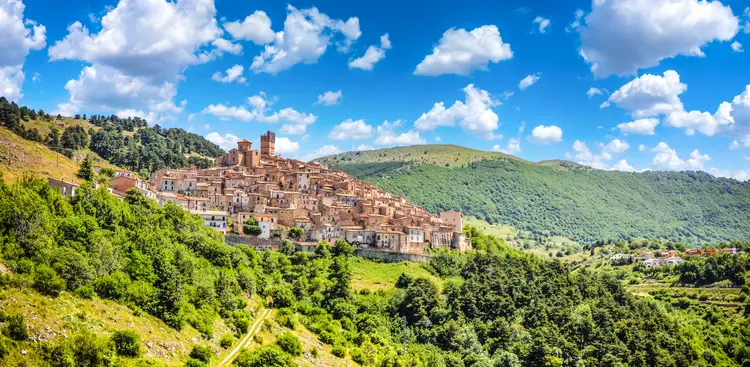 . '
. '
 . '
. '
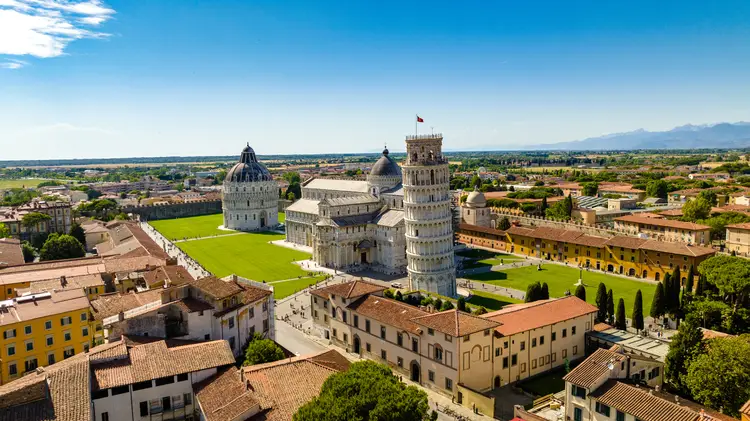 . '
. '
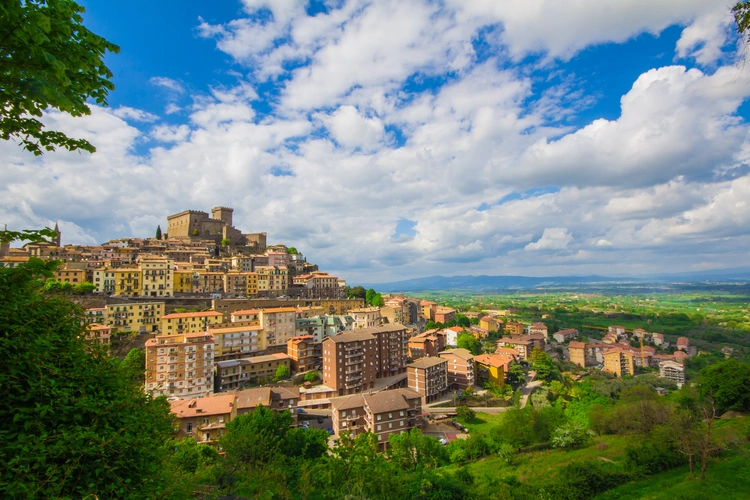 . '
. '
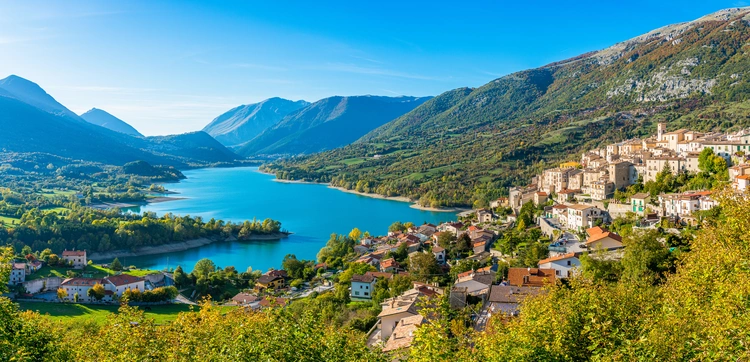 . '
. '


We Value Your Privacy! We will not share your email address with anyone else, period.
As seen in

© 2008 – Live and Invest Overseas™ – All Rights Reserved.
Sign up to receive the FREE daily e-letter, Overseas Opportunity Letter and we’ll immediately email you our editors’ latest research report…
BEST PLACES TO RETIRE
FREE REPORT:
Sign up for FREE and learn how to live the good life on a modest budget, find bargain property, and more. Plus, check out our free report on the 10 BEST PLACES TO RETIRE.
RETIRE OVERSEAS AND LIVE LIKE ROYALTY
Top Countries
Budgets
Affordable
Resources
Real Estate
Overseas Property Alert
How To Become Independently Wealthy And Fund The Lifestyle Of Your Dreams
Buying Real Estate For Cashflow
Discover tips and strategies used by global property investing veterans
Explore Our Latest Posts
Learn how to invest and purchase property abroad…
Conferences
ACCESS FRANCE WORKSHOP
INTERNATIONAL PROPERTY SUMMIT
CARIBBEAN VIRTUAL CONFERENCE
Contact Our Events Team:
Toll-Free U.S. and Canada:
1 (888) 627 8834
From Outside North America:
1 (443) 599 1221
Working Hours
Monday – Friday 08:00 am – 17:00 pm EST.
Reach us with your questions by email at: events@liveandinvestoverseas.com
Store
Overseas Havens Reports
Conference Kits
Lahardan Books
Subscriptions
Free Report
THE 10 BEST PLACES TO RETIRE IN 2025

Sign up to receive the FREE daily e-letter, Overseas Opportunity Letter and we’ll immediately email you our editors’ latest research report…
We Value Your Privacy! We will not share your email address with anyone else, period.
Follow Us:
© 2008 - Live and Invest Overseas - All Rights Reserved.